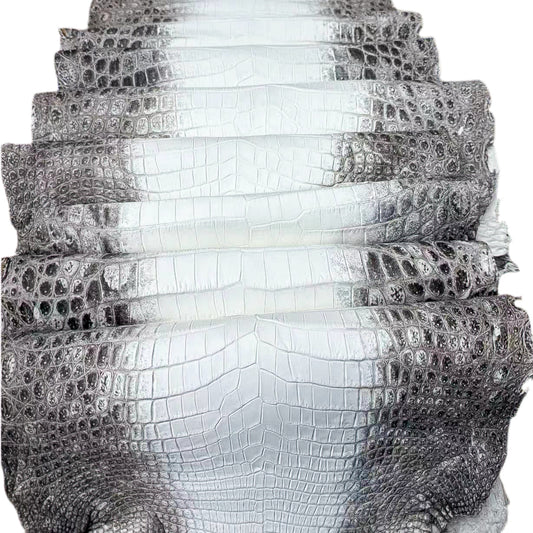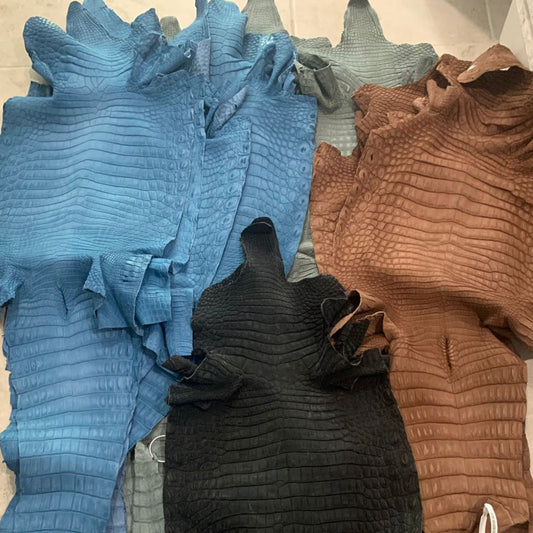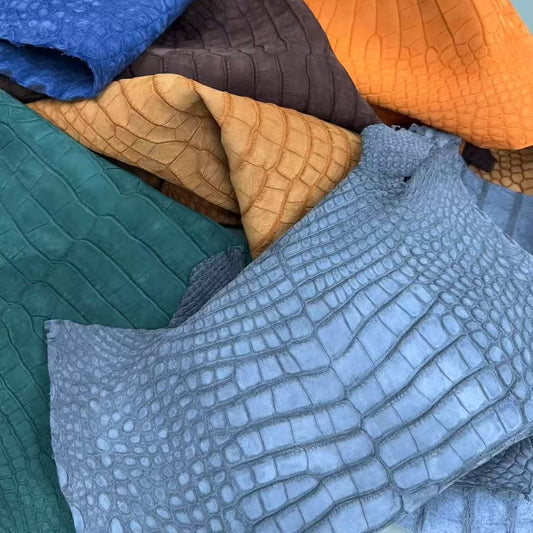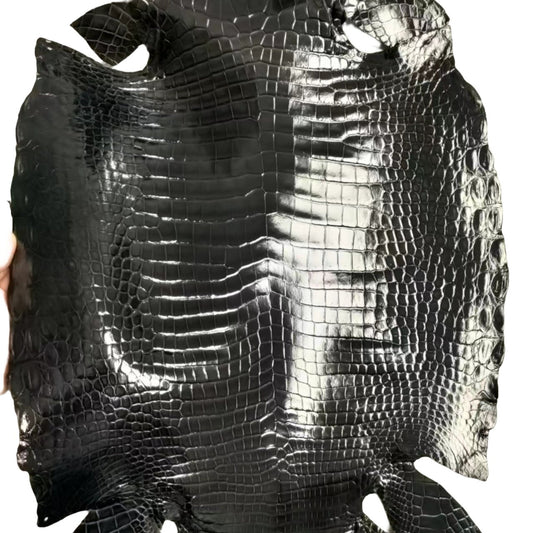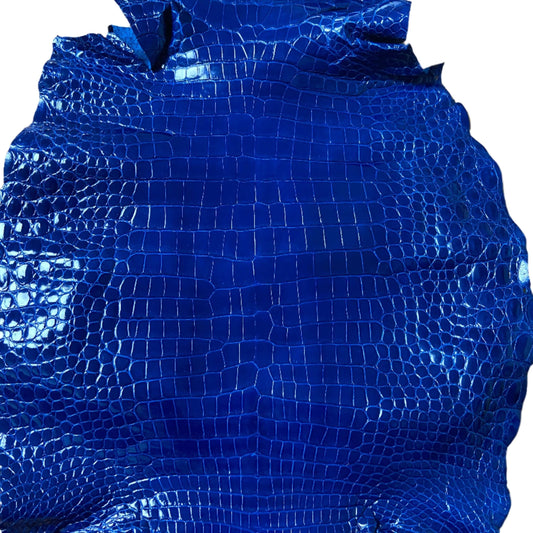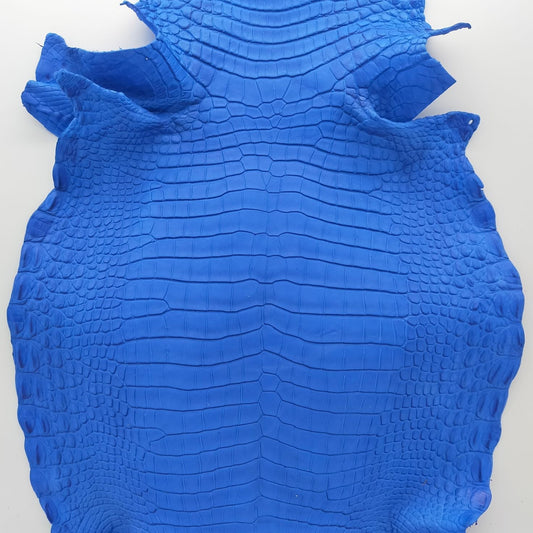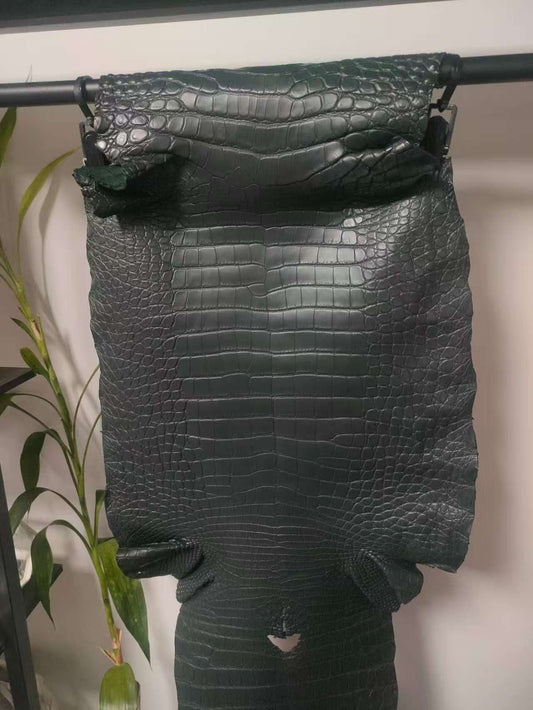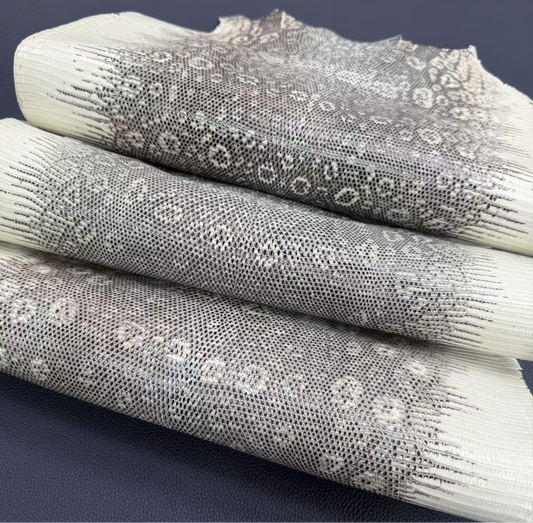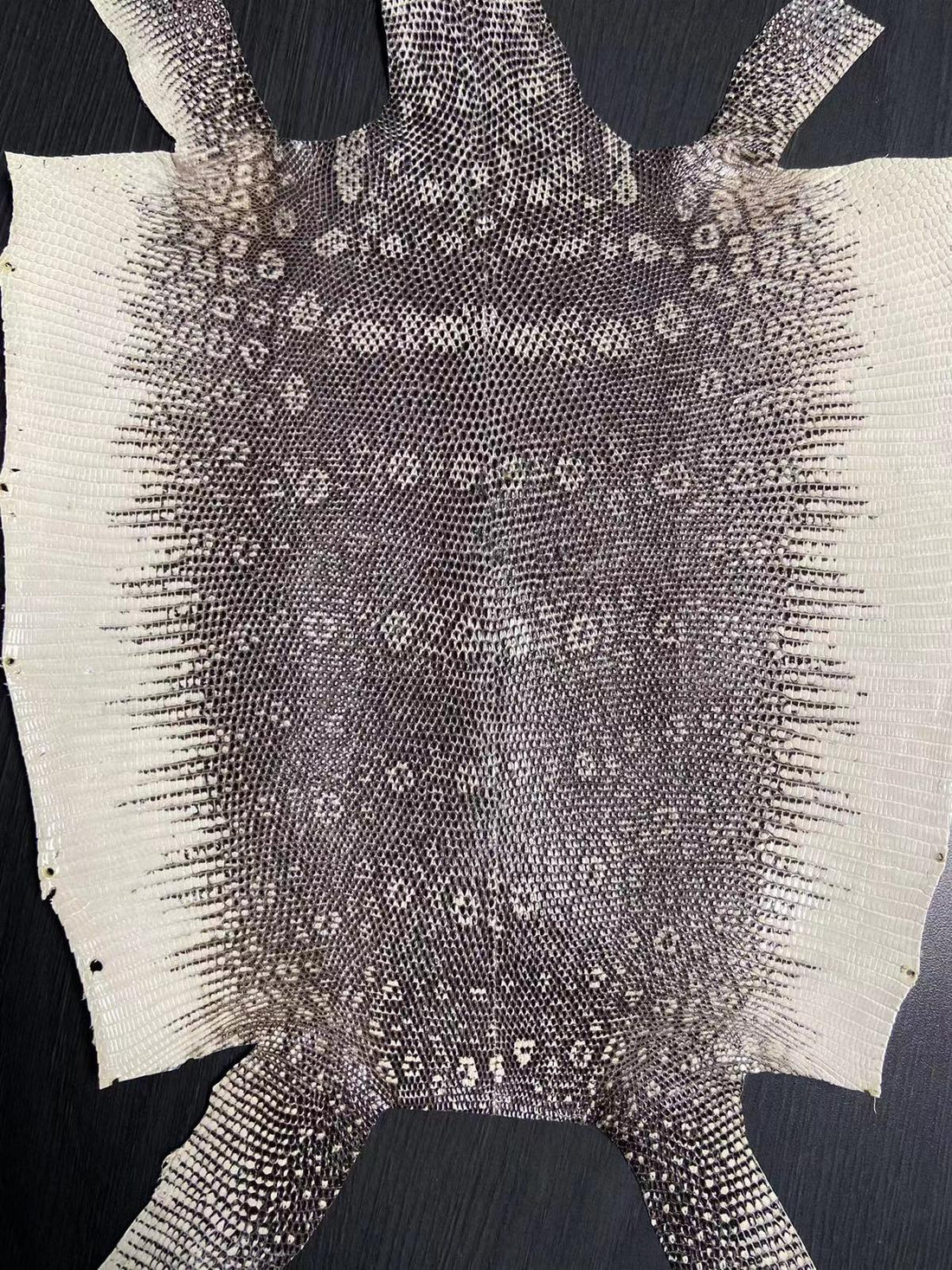
Pieles exóticas a escala mundial: cómo sacar provecho de la creciente demanda de pieles
Compartir
Las pieles de reptil han sido un material muy buscado para la fabricación de accesorios de moda durante al menos los dos últimos siglos. Este artículo analiza esta tendencia desde sus orígenes históricos hasta la actualidad, centrándose especialmente en los años 1920 y 1930, cuando el “cuero exótico” era especialmente demandado para zapatos, bolsos, cinturones, etc. de mujer. El desarrollo de la “moda de reptiles”, que dependía de las innovaciones técnicas y de las condiciones económicas, estuvo determinado por fenómenos culturales complejos en los que el orientalismo desempeñó un papel importante. La percepción del material, a menudo connotado como “extraño” o “diferente”, era profundamente ambivalente: oscilaba entre la atracción y el rechazo, entre el atractivo y el asco, entre la seducción y la indignación. Los accesorios hechos con pieles de serpientes, cocodrilos, lagartos y otras especies exóticas han estado imbuidos de la ambivalencia que rodeaba a los animales vivos, una ambivalencia moldeada por la mitología antigua y la superstición. Por un lado, son atractivos, tentadores y atractivos, por el otro, son repulsivos, ofensivos o incluso amenazantes. La estética, la ética y el simbolismo se combinan para dar forma a nuestra percepción de estos animales y sus pieles, tanto entonces como ahora. Los debates actuales sobre el tema parecen estar dominados por consideraciones éticas contemporáneas centradas en la cuestión de la crueldad hacia los animales, la destrucción del medio ambiente y el colonialismo ideológico y económico. Sin embargo, estos aspectos ya estaban presentes en consideraciones anteriores. A pesar de los debates y las críticas de larga data, la fascinación duradera por las pieles de reptiles y su exotismo, rareza y sensualidad asociados todavía existe hoy en día, como podemos ver en los desfiles de moda contemporáneos.



